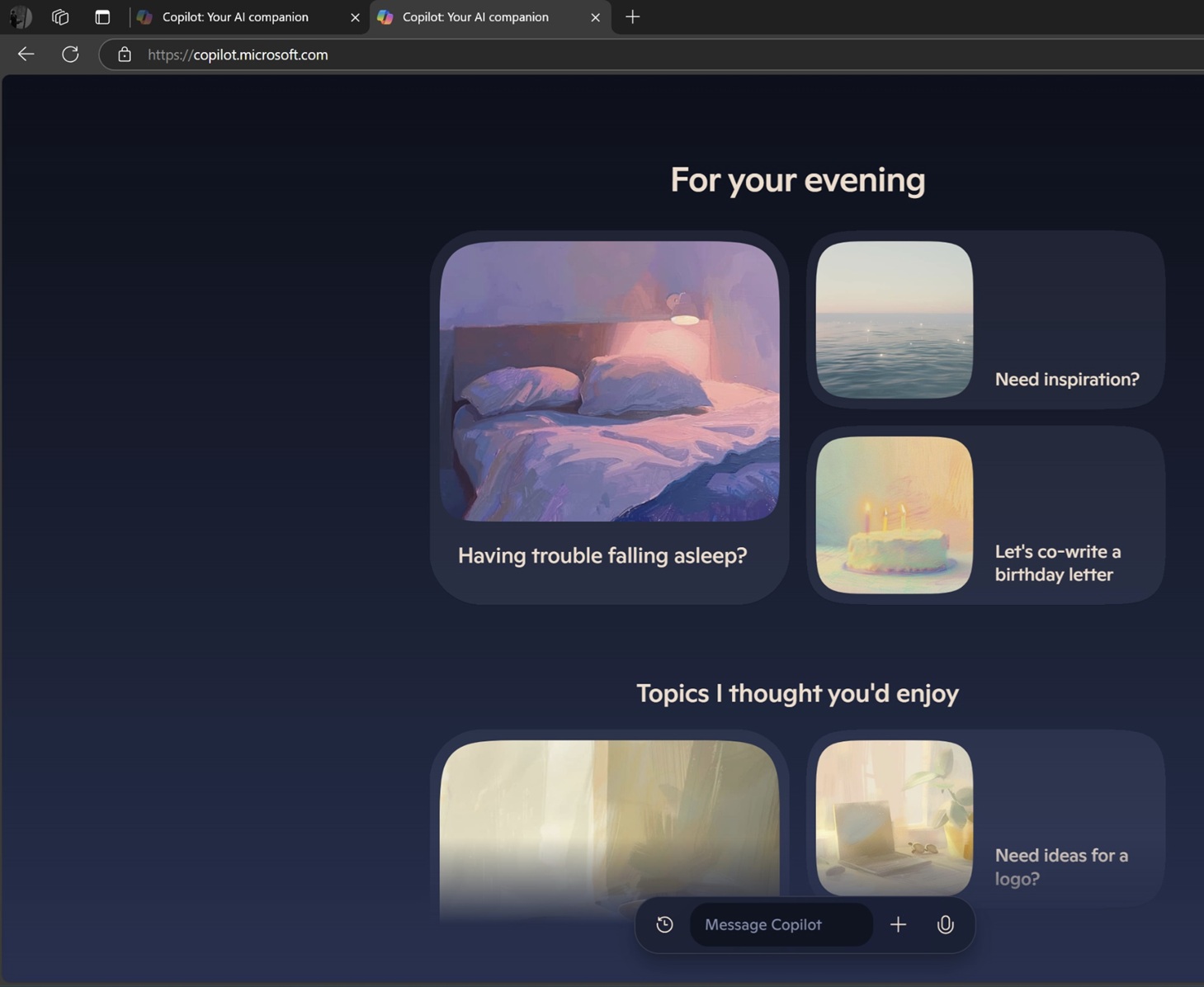
Microsoft Copilot: Complete Buyer's Guide
Universal productivity enhancer
Microsoft Copilot represents Microsoft's enterprise AI productivity suite, leveraging GPT-4 integration across the Microsoft 365 ecosystem to deliver context-aware AI assistance for legal organizations seeking universal workflow enhancement.
Market Position & Maturity
Market Standing
Microsoft Copilot occupies a unique market position as an enterprise productivity platform rather than a specialized legal AI tool, competing indirectly with legal-specific solutions through universal workflow integration advantages.
Company Maturity
Company maturity benefits from Microsoft's established enterprise software leadership and substantial AI investment, including strategic partnerships with OpenAI and GPT-4 integration[40].
Growth Trajectory
Growth trajectory indicators show strong enterprise adoption momentum, with documented implementations across major law firms including DLA Piper's firm-wide rollout and Husch Blackwell's comprehensive deployment[62][63].
Industry Recognition
Industry recognition emerges through customer success stories and enterprise adoption patterns rather than traditional legal technology awards.
Strategic Partnerships
Strategic partnerships center on Microsoft's broader AI ecosystem, including the foundational relationship with OpenAI and integration of ChatGPT-3 in legal tech applications[40].
Longevity Assessment
Longevity assessment strongly favors Microsoft Copilot due to Microsoft's enterprise software market leadership, substantial AI investment, and established customer relationships.
Proof of Capabilities
Customer Evidence
Enterprise customer validation demonstrates Microsoft Copilot's effectiveness across diverse legal organizations. DLA Piper, a global law firm, conducted comprehensive A/B testing between traditional and AI-assisted teams before implementing firm-wide rollout after testing with 100+ licenses[62].
Quantified Outcomes
Quantified outcomes from customer implementations provide measurable proof of capabilities. DLA Piper achieved 36 hours weekly savings in content generation and data analysis[62], while Husch Blackwell saved 160 hours in attorney bio writing alone[63].
Case Study Analysis
Implementation evidence spans multiple practice types and organizational sizes. Mike Morse Law Firm implemented security-conscious deployment using Microsoft 365 Copilot to draft legal documents without exposing client data to the internet, reducing device provisioning time from 2-3 hours to 15 minutes[64].
Market Validation
Market validation emerges through adoption patterns and competitive positioning. While ChatGPT leads overall adoption at 52%, Microsoft Copilot's enterprise integration approach creates differentiation through workflow continuity that standalone tools cannot match[55].
Competitive Wins
Competitive wins demonstrate Microsoft Copilot's success in enterprise environments where integration and security requirements favor platform-based solutions over point tools.
Reference Customers
Reference customers include notable legal organizations across practice types: global law firms (DLA Piper), AmLaw 100 firms (Husch Blackwell), personal injury practices (Disparti Law Group, Mike Morse Law Firm)[62][63][64][65].
AI Technology
Microsoft Copilot's technical foundation centers on GPT-4 integration with the Microsoft 365 ecosystem, delivering context-aware AI assistance by accessing user-specific data within the Microsoft ecosystem through the Microsoft Graph[72].
Architecture
Architecture and deployment follow Microsoft's enterprise cloud infrastructure, with the platform operating within Microsoft's established security frameworks.
Primary Competitors
Primary competitors include legal-specific AI tools like Thomson Reuters CoCounsel (26% adoption) and Lexis+ AI (24% adoption)[55].
Competitive Advantages
Competitive advantages center on seamless integration across Microsoft 365 applications providing workflow continuity that standalone tools cannot match, enterprise security frameworks addressing organizational compliance requirements, and the platform's ability to access user-specific data through Microsoft Graph creating contextual awareness advantages[72].
Market Positioning
Market positioning reveals complementary rather than directly competitive relationships with legal-specific tools. DLA Piper's implementation strategy demonstrates this approach, using Copilot for general productivity while leveraging Harvey and CoCounsel for advanced legal tasks[62].
Win/Loss Scenarios
Win/loss scenarios show Microsoft Copilot winning in organizations with existing Microsoft 365 standardization, strong technical capabilities, and comprehensive workflow automation needs.
Key Features

Pros & Cons
Use Cases
Integrations
Pricing
Featured In Articles
Comprehensive analysis of AI Admin for Legal/Law Firm AI Tools for Legal/Law Firm AI Tools professionals. Expert evaluation of features, pricing, and implementation.
How We Researched This Guide
About This Guide: This comprehensive analysis is based on extensive competitive intelligence and real-world implementation data from leading AI vendors. StayModern updates this guide quarterly to reflect market developments and vendor performance changes.
74+ verified sources per analysis including official documentation, customer reviews, analyst reports, and industry publications.
- • Vendor documentation & whitepapers
- • Customer testimonials & case studies
- • Third-party analyst assessments
- • Industry benchmarking reports
Standardized assessment framework across 8 key dimensions for objective comparison.
- • Technology capabilities & architecture
- • Market position & customer evidence
- • Implementation experience & support
- • Pricing value & competitive position
Research is refreshed every 90 days to capture market changes and new vendor capabilities.
- • New product releases & features
- • Market positioning changes
- • Customer feedback integration
- • Competitive landscape shifts
Every claim is source-linked with direct citations to original materials for verification.
- • Clickable citation links
- • Original source attribution
- • Date stamps for currency
- • Quality score validation
Analysis follows systematic research protocols with consistent evaluation frameworks.
- • Standardized assessment criteria
- • Multi-source verification process
- • Consistent evaluation methodology
- • Quality assurance protocols
Buyer-focused analysis with transparent methodology and factual accuracy commitment.
- • Objective comparative analysis
- • Transparent research methodology
- • Factual accuracy commitment
- • Continuous quality improvement
Quality Commitment: If you find any inaccuracies in our analysis on this page, please contact us at research@staymodern.ai. We're committed to maintaining the highest standards of research integrity and will investigate and correct any issues promptly.